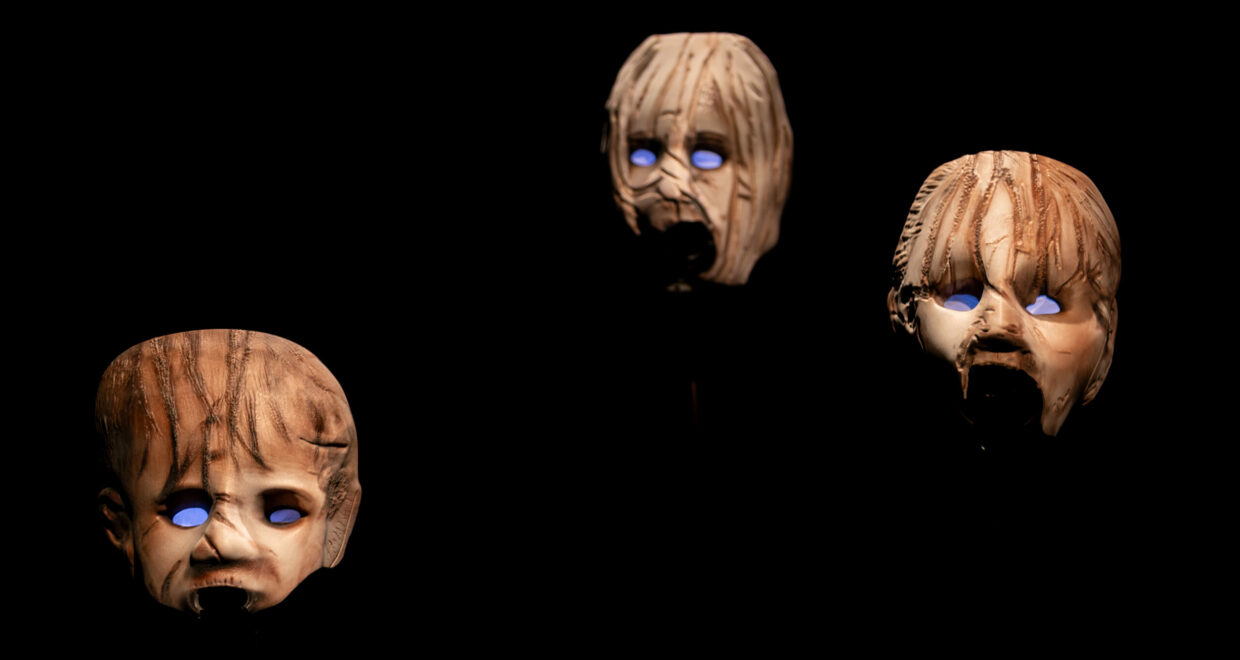Still Exhausted
As 2024 begins, AI feels simultaneously inescapable and invisible. Newspaper editorials, Davos panels, and countless advertisements tout the epochal event that is “AI.” An incomplete list of domains AI will change (or has changed?): politics, journalism, podcasting, internet browsers, pornography, video games, education, academic research, radiology, health care paperwork, accountancy, law, automobiles, supply chain logistics, and, not least, the arts. This intense degree of conversation and investment has a real cause: the rapid capability gains of neural-network AI since 2020 have been astounding to follow. But impressing scientists, executives, and artists who test out what new AI products can do—yet another repetition of Jon McKenzie’s “perform, or else!” triad—has not placed AI into everyday use. Humans do not appear to read much of the AI-generated content flooding the Web—at least, not knowingly—nor do we educators encounter as much of it behind our students’ essays as administrators warned, nor have those more pragmatic use-cases (radiology, cars) proven themselves as of yet. Just recently public conversation has turned to the horrific trend of nonconsensual “deepfake” pornography after X, formerly Twitter, attempted to chase out a set of such images depicting Taylor Swift. (“Deepfake Pornography”: a viable title for a whole graduate seminar on performance art.) The discussion feels emblematic of AI discourse generally, as serious people attempt to argue over a set of objects we cannot search for and on principle do not want to see. AI remains out there, over some forbidden event horizon of time, legality, and politeness.
This poses unique challenges for artists and scholars alike. Everyone is talking about AI, but few use it as something other than a research object to poke at. These were the binds on our editorial minds when we began to bat around the notion of an issue on “AI and/or robotics etc.” After all, while AI might have the sheen of the “new,” the use of algorithmic scoring, of social robots, and of aleatory computational environments reach back decades within the performing arts. We also hesitated before pointing to 17th-century automata and declaring that nothing has ever changed; our technical world is obviously changing, and artists work very hard to track and relate to those changes.
We ultimately took inspiration from artists themselves. Tallying up pieces and artists that felt significant to all of us, we realized that digital performance had taken something of a turn towards work: workers displaced yet made frantically busy, work automated but also intensified, machines taking over performances while demonstrating the difficulty of their own programming. There were classic concerns, particularly in dance studies, with efficiency and exhaustion. Yet there was also something importantly contemporary, as technologically inclined performances seemed to reach towards a new politics of technology. Our great hope, only achieved in part by this issue, is that such a turn may invite new voices and more globally diverse perspectives on a topic (in performance and more generally) long associated with a white Euro-American élite. Today’s emerging shifts in our ever-more-performative technical world will impact the world. Highlighting concerns with work, worklessness, and the exhaustion of both may help the world perform back.

Prometheus Firebringer (2023) by Annie Dorsen. (Photo by Maria Baranova; courtesy of Annie Dorsen)





